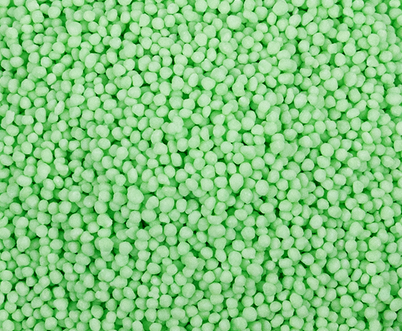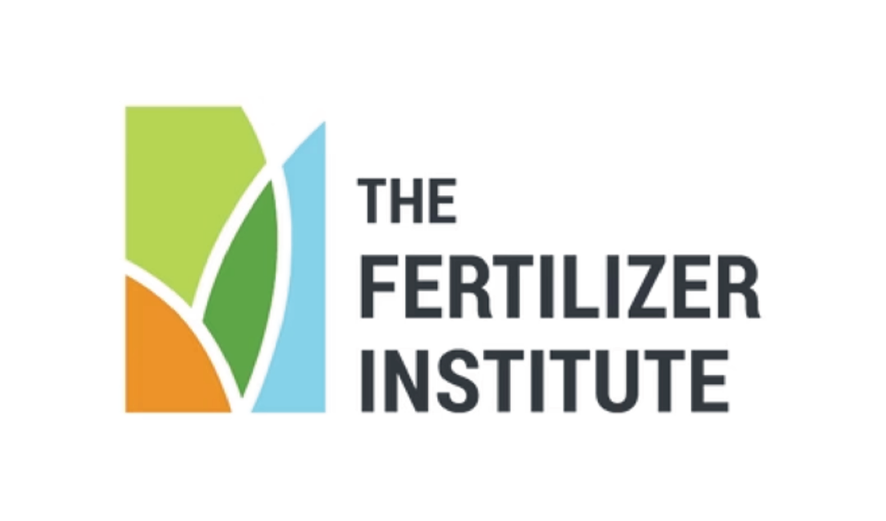Knowledge Library

Many turf managers are aware that fertilizers come in various Size Guide Numbers (SGN), indicating different granular sizes. Among them are micro, mini, and standard grades commonly used in turf management. While turf managers often select SGN based on factors like turf type, traffic, or price, there are numerous other reasons to consider a smaller SGN for its added benefits. Below are the advantages that a Mini-SGN fertilizer can offer compared to standard SGN fertilizers for turfgrass and ornamental care:

An early spring brings with it the promise of vibrant growth and lush green landscapes, but it also requires careful planning and proactive management to ensure optimal turf health. In this article, we’ll explore some essential tips for turf managers to navigate and make the most of an early spring.

The Fertilizer Institute or TFI is the trade association that is the voice of the fertilizer industry before the U.S. Congress and other federal regulatory agencies. The membership organization was founded in 1955 and is comprised of global producers, suppliers, and retailers in the fertilizer industry. Its duties consist of representing the public policy, stewardship and sustainability, market intelligence, and communication needs of its members. To further expand on its communication support, TFI serves as the fertilizer industry’s resource to the media on key issues including economic factors affecting the industry, environmental impact of fertilizers, and federal policy issues. TFI’s overall mission is to represent, promote and protect the fertilizer industry through the following strategic initiatives:

TTRU™ controlled release/polymer coated urea from Allied Nutrients is an extremely versatile fertilizer technology. First, it offers four different longevities: 60, 90, 120, and 180 days release (at 70˙F). These diverse options allow you to tailor your turf management program to fit your nutritional objectives and best optimize your operational costs (ie. labor and materials). The temperature responsiveness of TTRU further increases your flexibility and assures you get the most from your fertilizer investment.

Labor Day has recently past, and many are happy to have a long hot summer in the rear-view mirror. That day isn’t quite here for others yet, but it’s coming. So, with cooler weather on the way, what key objectives should we be focusing on with our fall fertilization programs?
There are typically three objectives for turf and ornamental management in the fall:

Slow and Controlled Release nitrogen (N) fertilizers provide two important benefits to plants. They extend the longevity of nitrogen availability, and they increase the percentage of N that is actually taken up by the plant. How? Because they protect the nitrogen from being lost into the environment through leaching, volatilization, and denitrification. But what % of SRN/CRN is needed in the bag to get optimal turf nutrition? When untreated urea is applied, 40% of the N gets absorbed into the turf, and when SRN/CRN is applied, that number almost doubles - increasing to 70%+ (both values data supported). When they are blended together, the result is somewhere in the middle. The more SRN/CRN you include, the better return you get on your nutrient investment. If you can’t apply 100% SRN/CRN (and most rarely do), increasing the amount in the blend in any increment, say from 30% to 50%, gets more and more N in the plant, right where you want it. If extended longevity is what you are after, you need to aim high.
